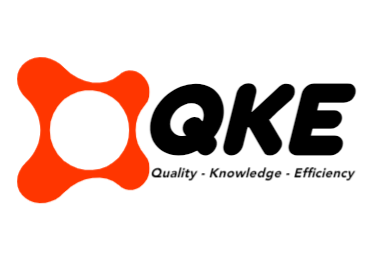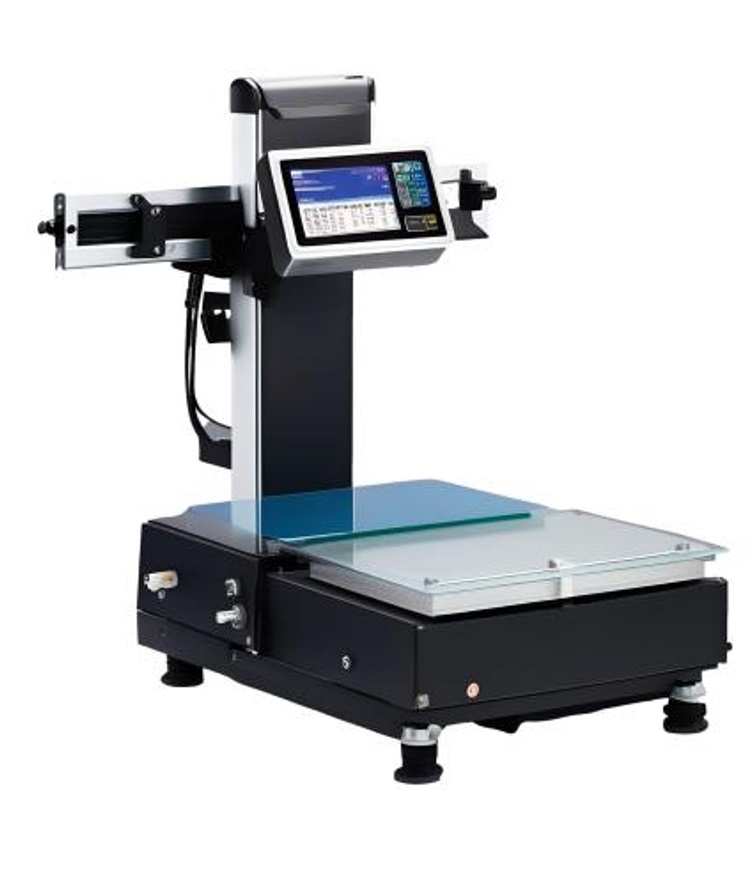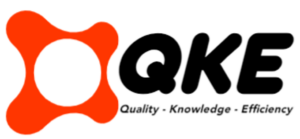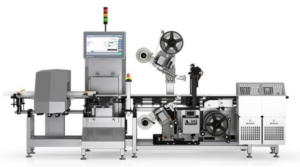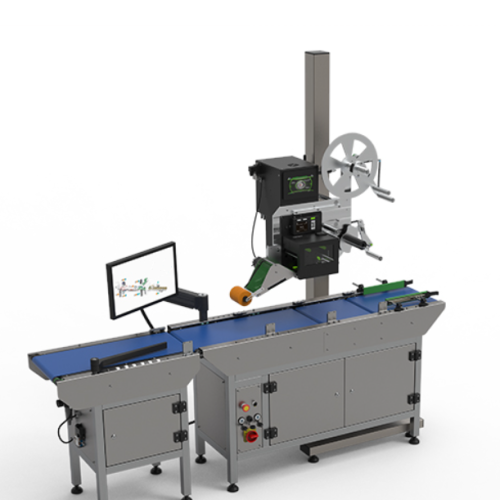What is manual weigh price labelling?
Before diving into the intricacies of manual weigh price labelling, it's essential to understand the basics of this process. Manual weigh price labelling is a fundamental aspect of many retail businesses, particularly those in the fresh produce industry or any establishment that sells goods by weight.

Introduction of manual weighing price labeling machine
At its core, manual weigh price labelling involves accurately measuring the weight of a product and attaching a price label to it based on that weight. This method allows retailers to provide customers with transparent pricing information, ensuring fairness and trust in the purchasing process.
Manual weighing rack labeling machine in your production line
Manual weigh price labelling typically involves using a weighing scale or balance to determine the weight of the item. This can be done either by placing the product directly on the scale or by using a container or tray to hold the product while weighing. Once the weight is determined, a price label is generated and affixed to the product, displaying the weight and corresponding price.
This process requires attention to detail and precision, as even a slight miscalculation can result in inaccurate pricing, leading to customer dissatisfaction or financial losses for the retailer. Therefore, mastering the art of manual weigh price labelling is crucial for businesses seeking to maintain accuracy, efficiency, and customer satisfaction.
We will explore various techniques, best practices, and tips to help you enhance your manual weigh price labelling skills, ensuring seamless operations and improved customer experiences.
